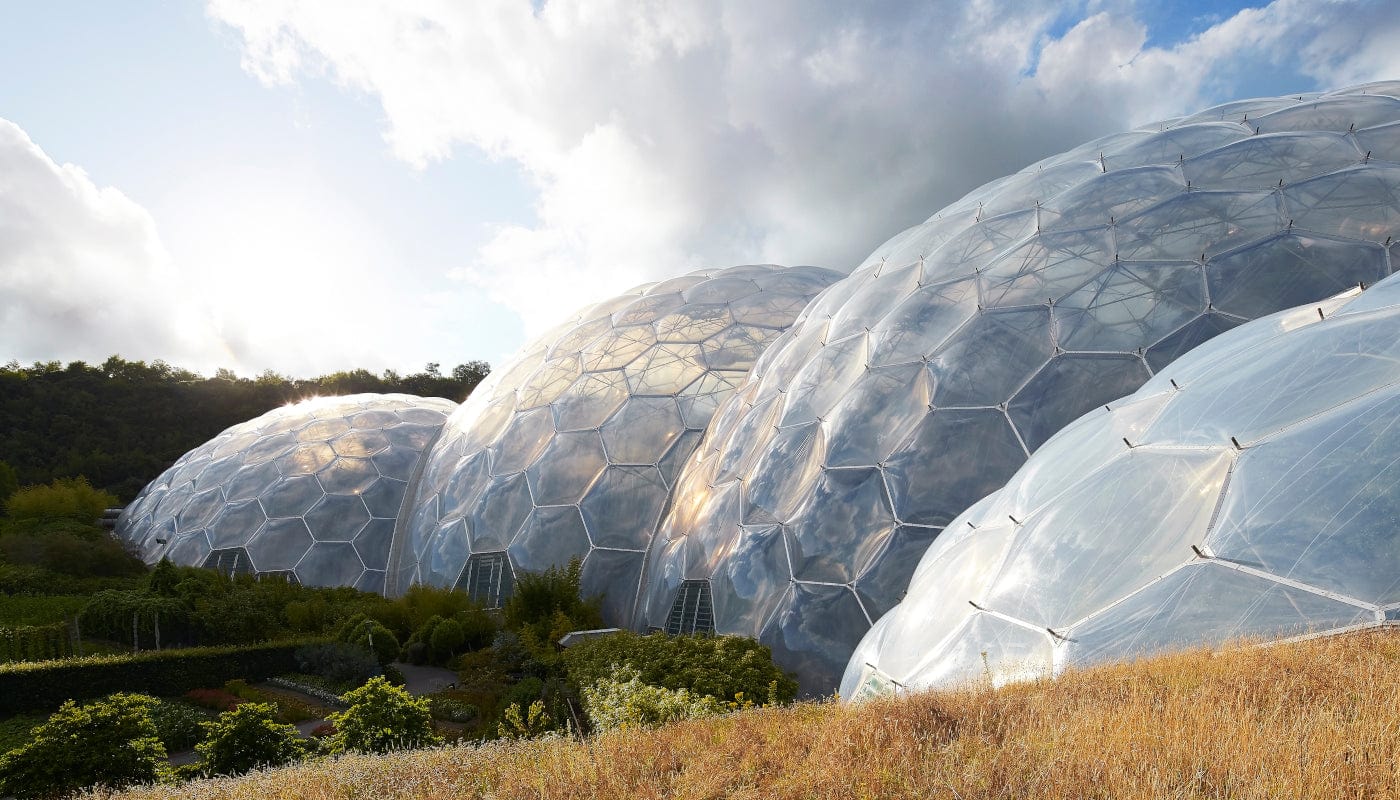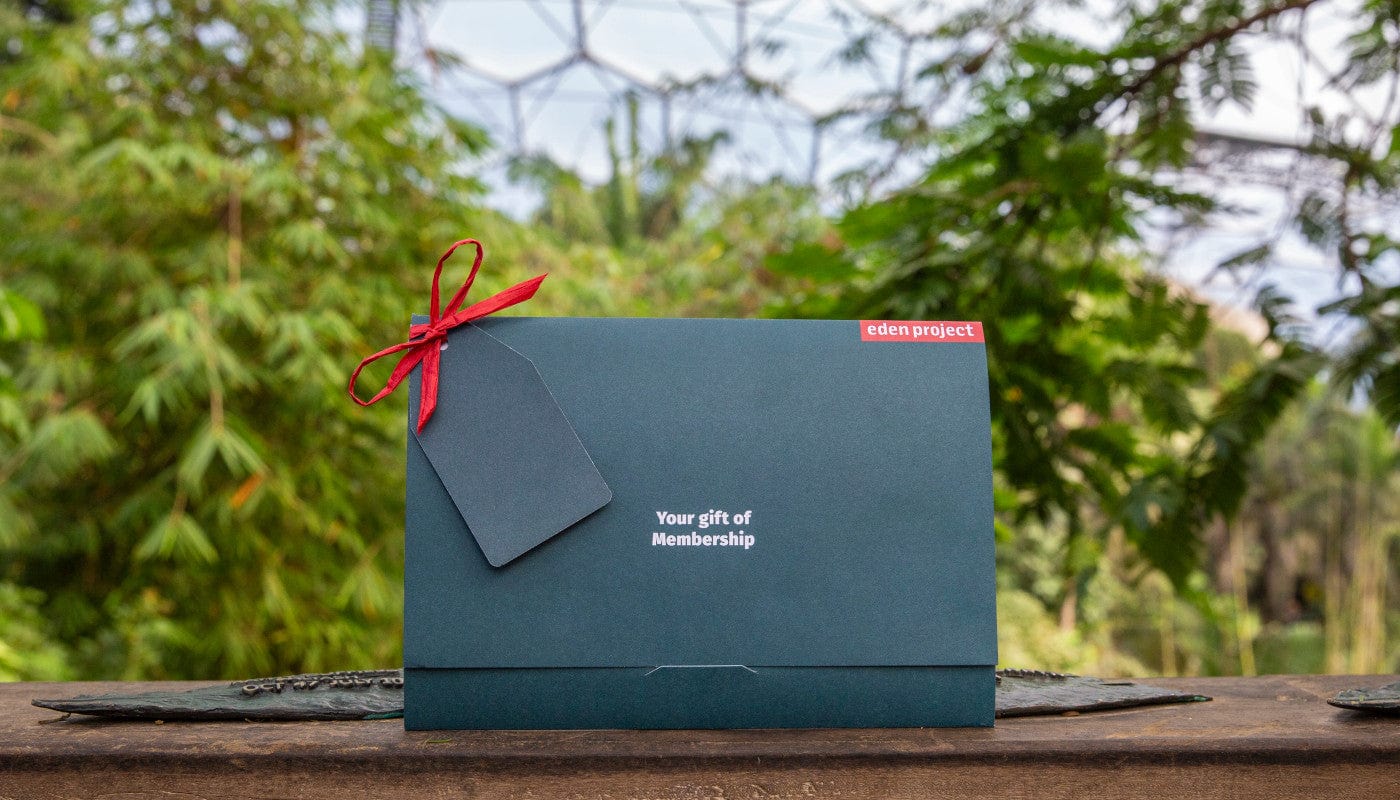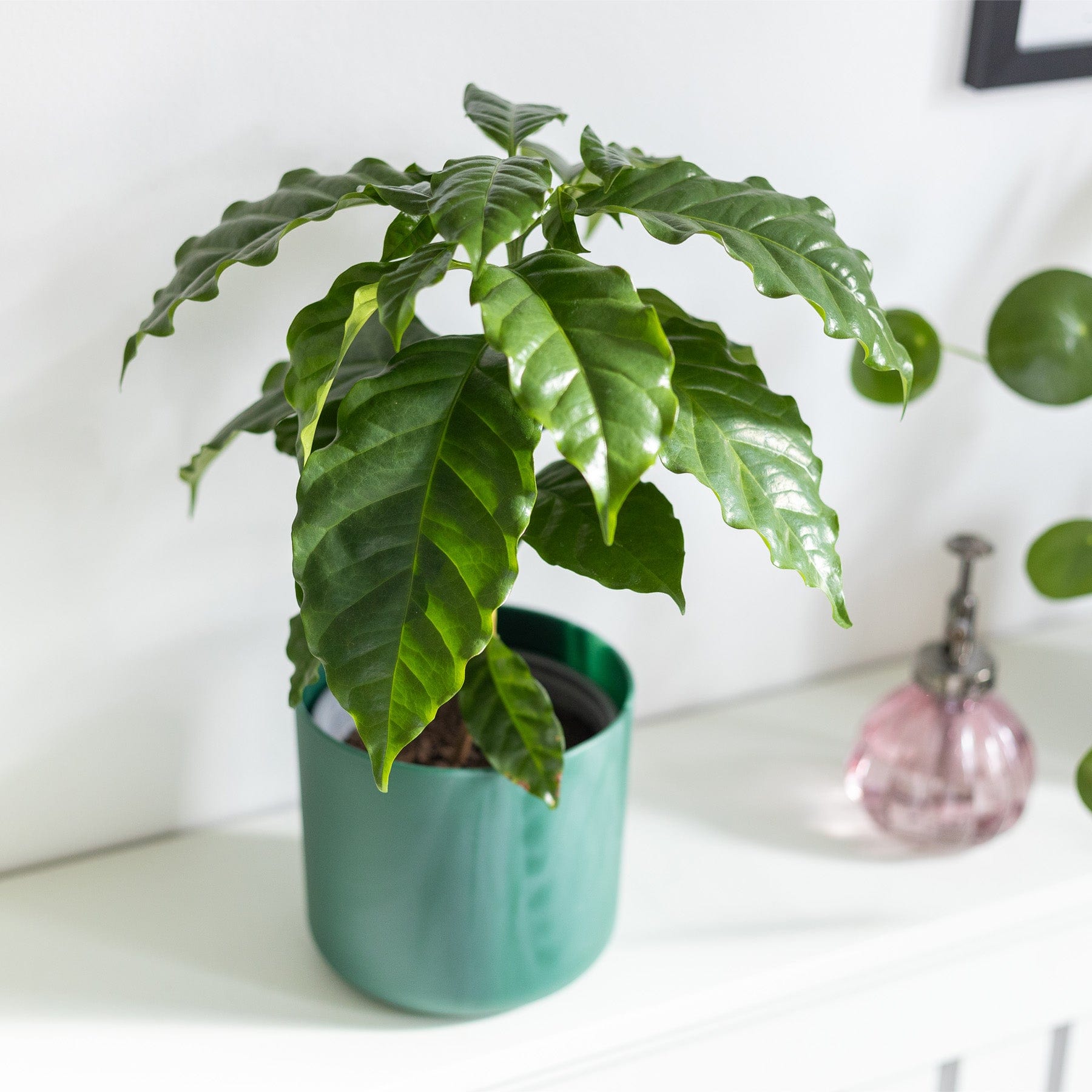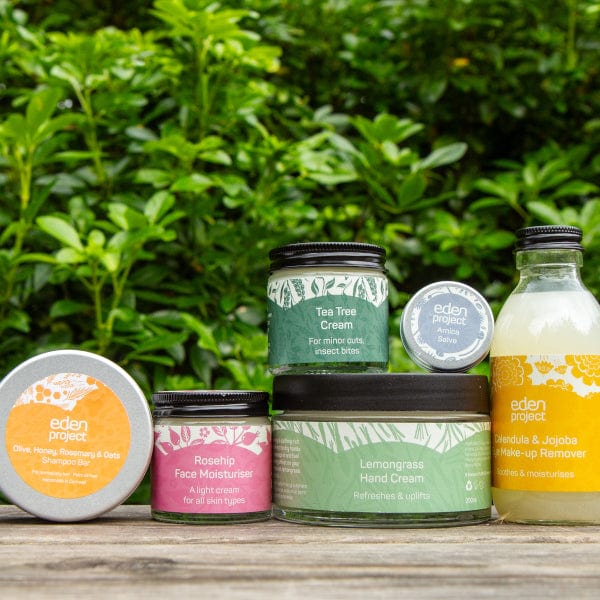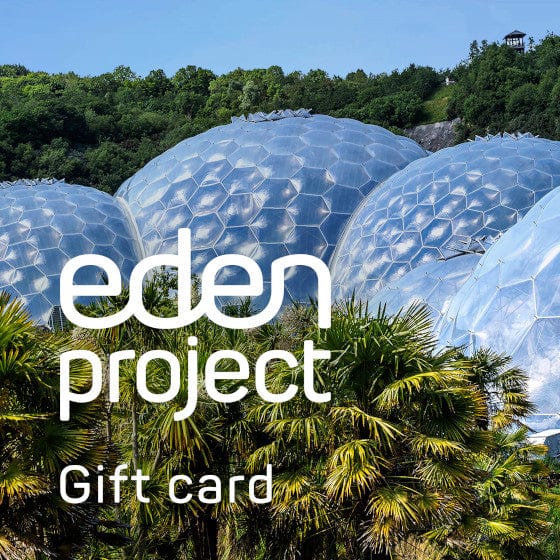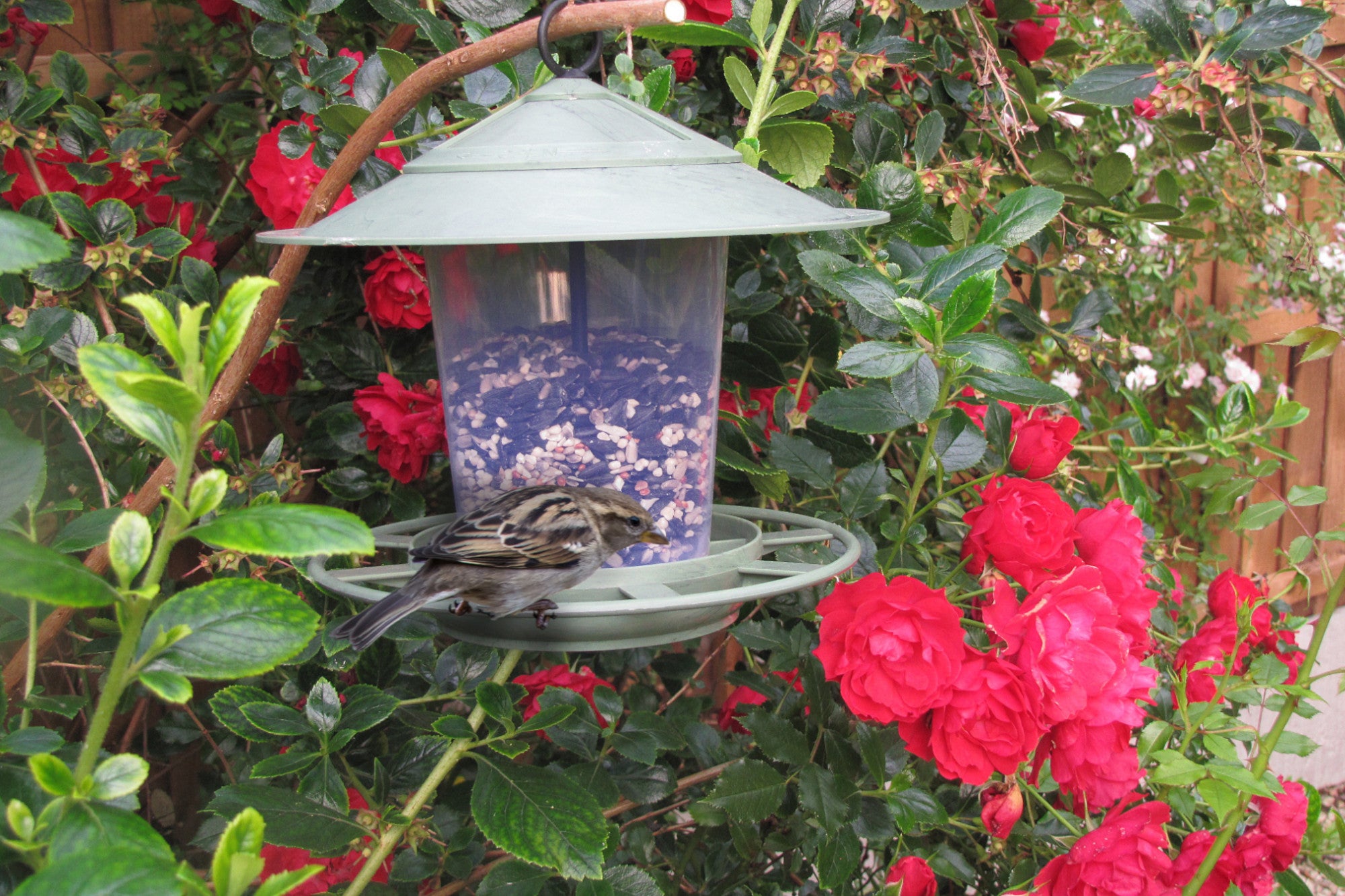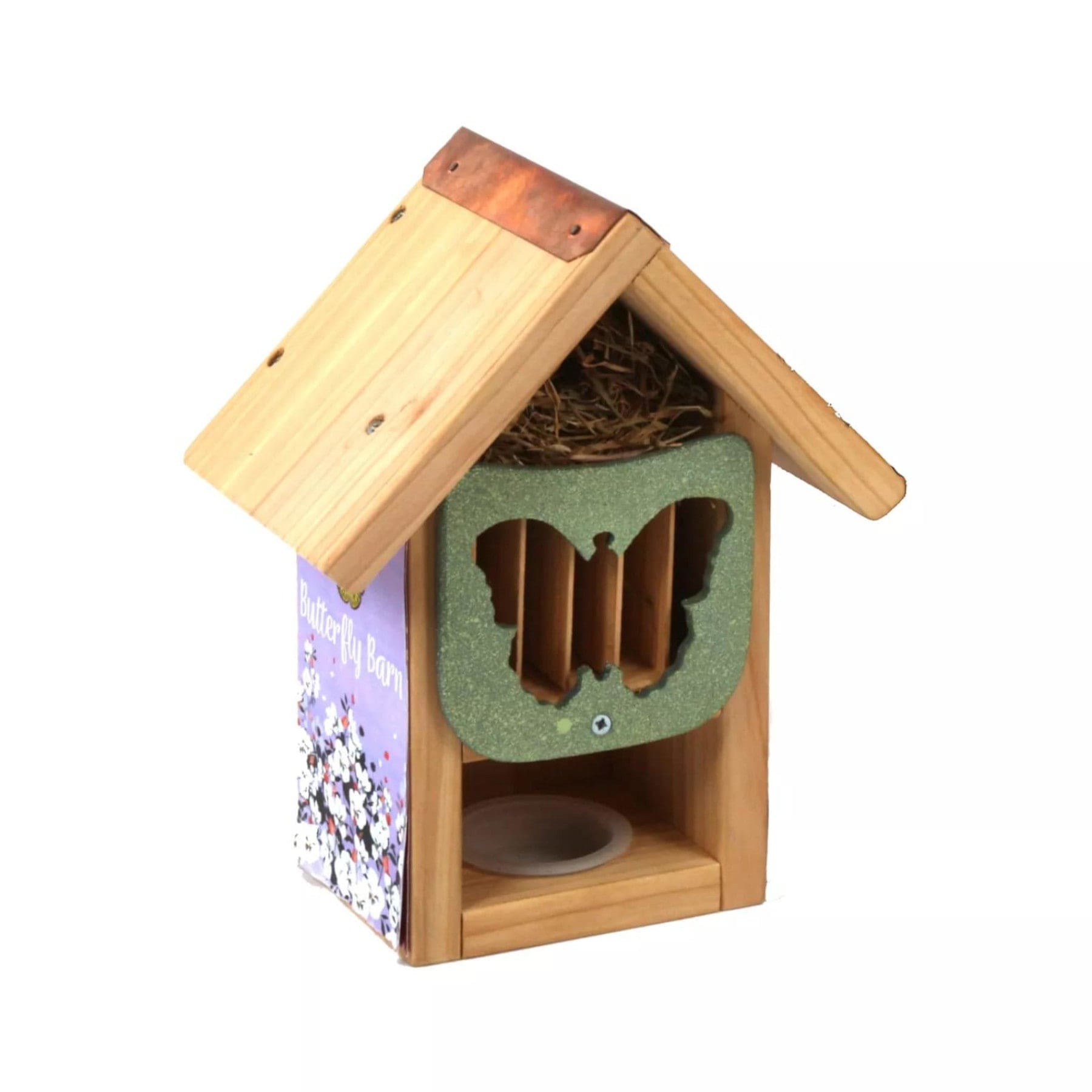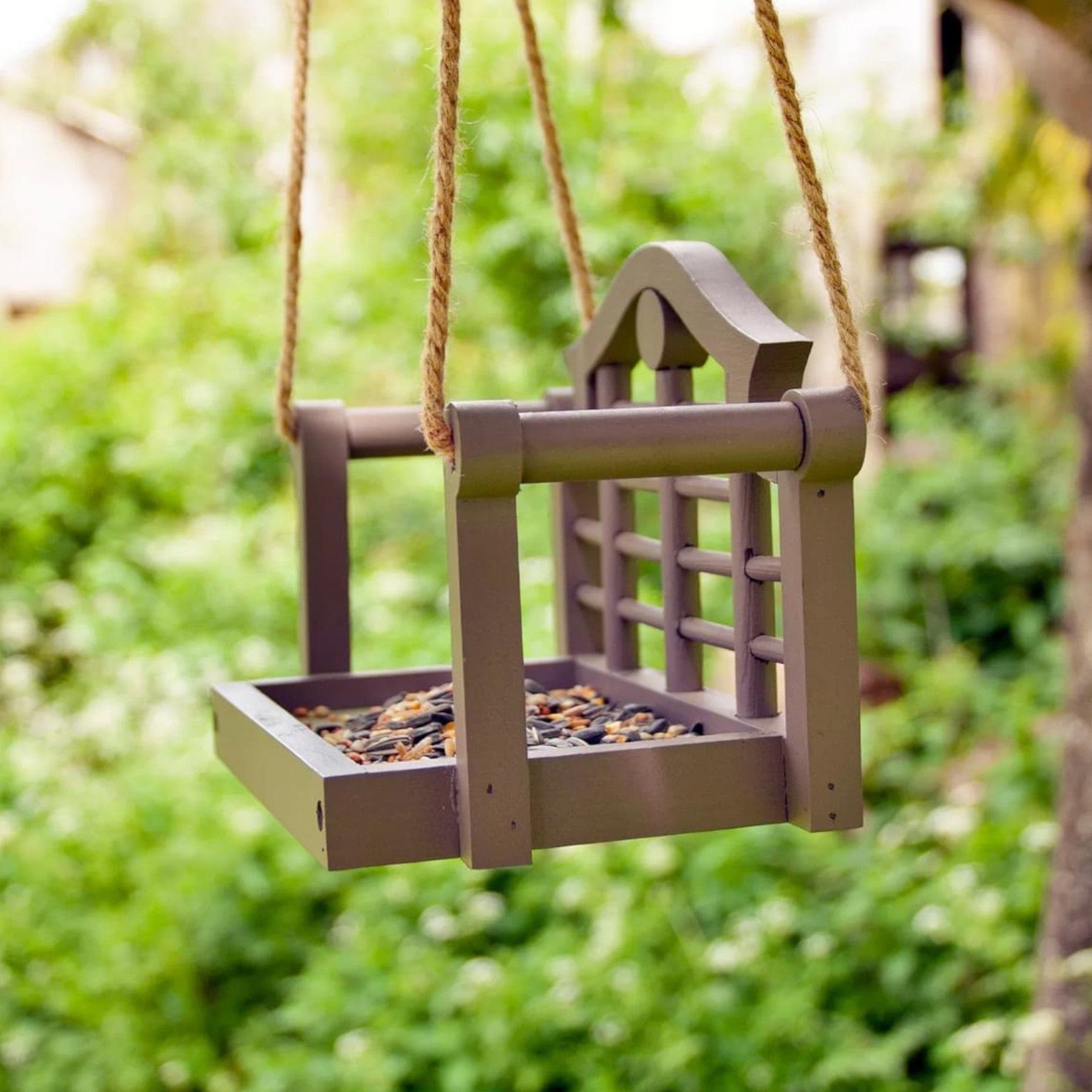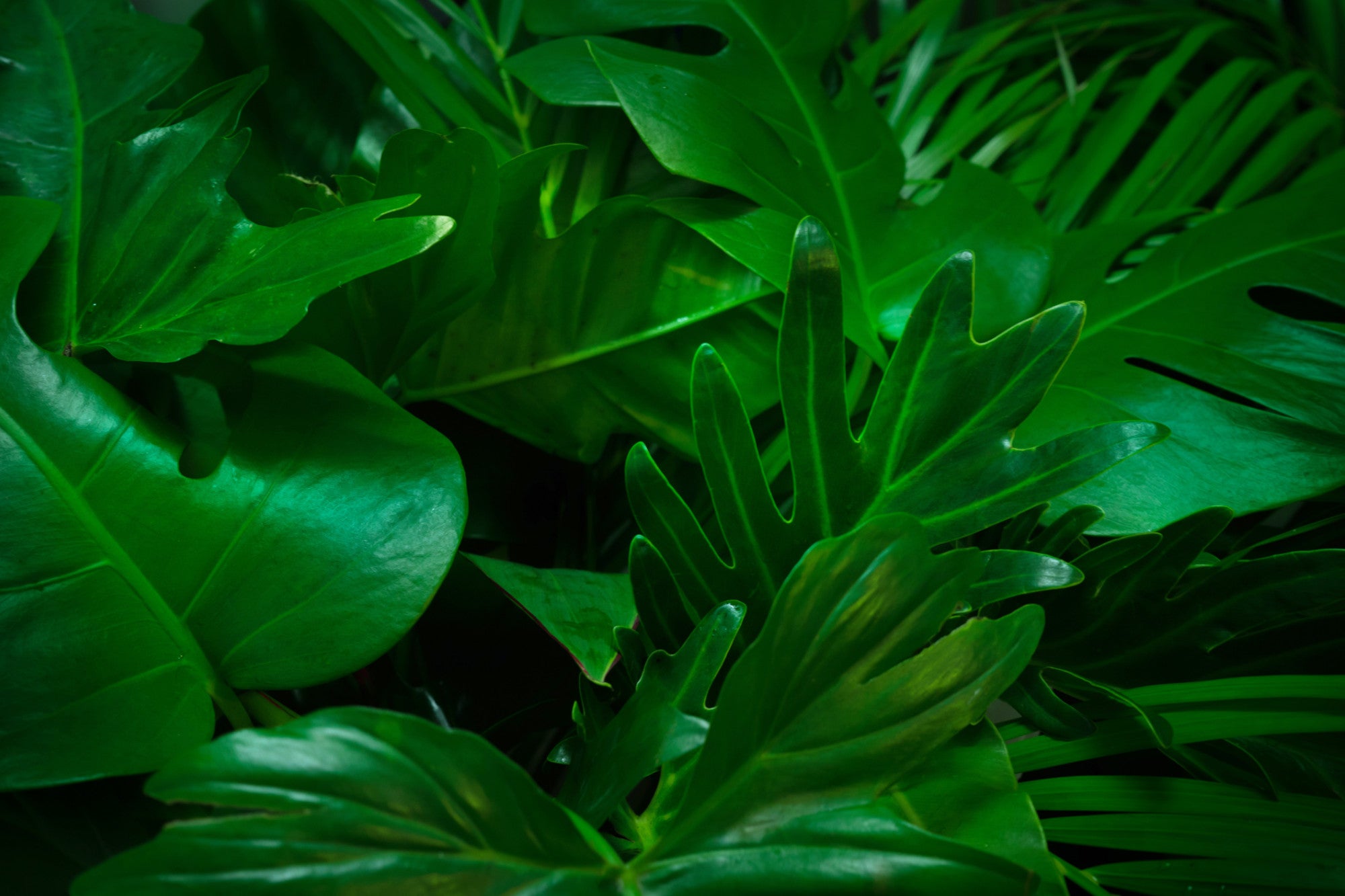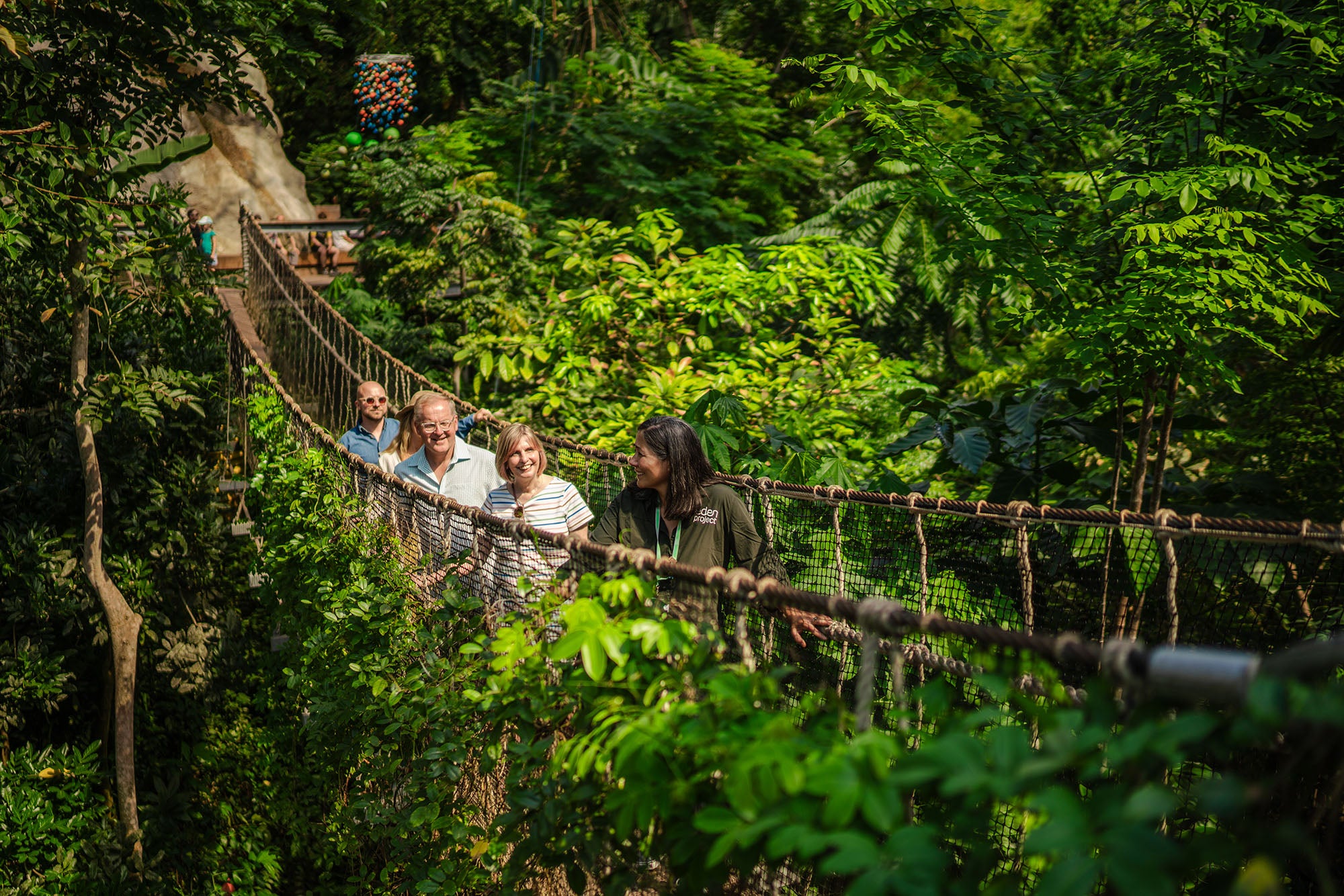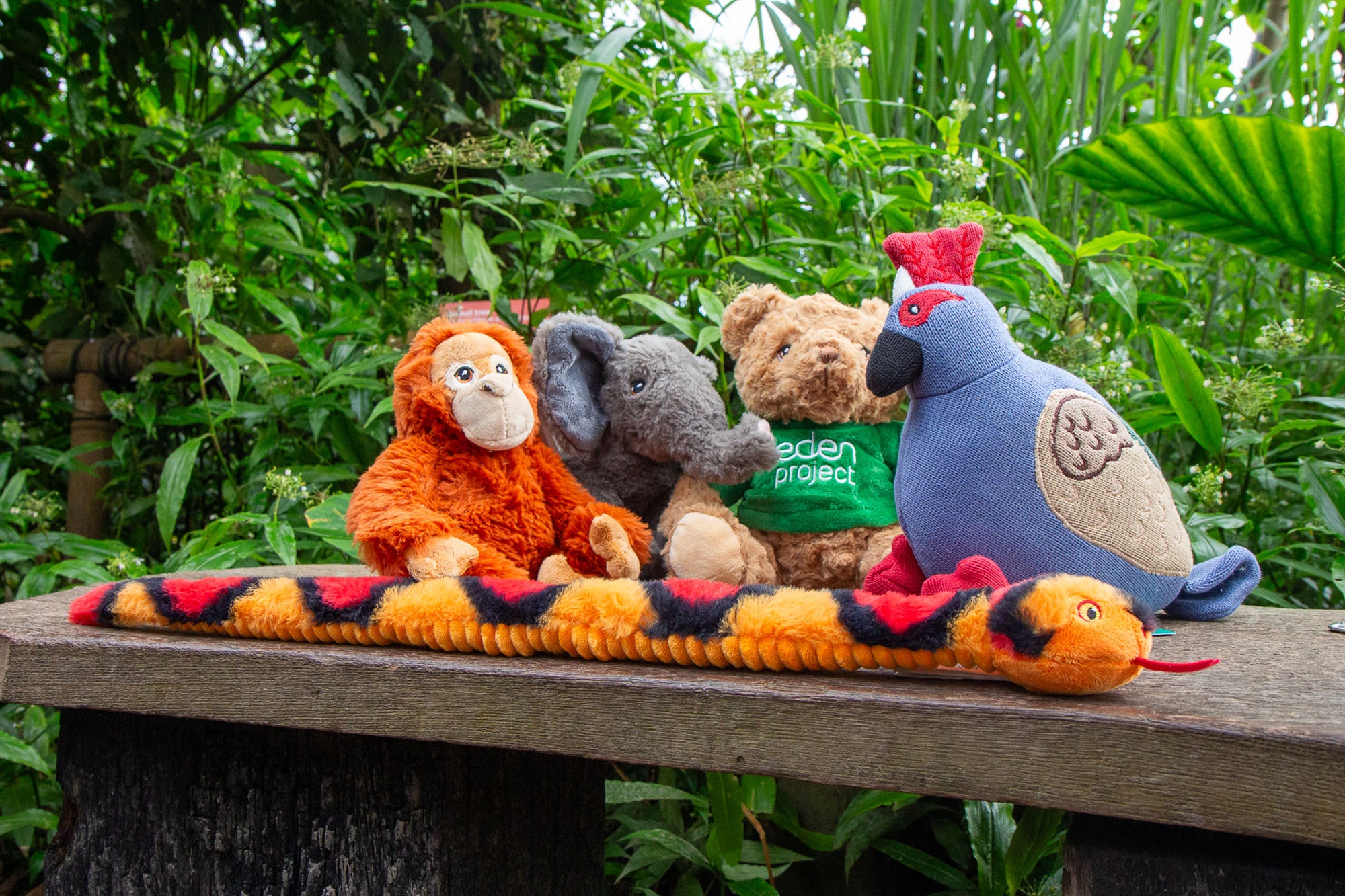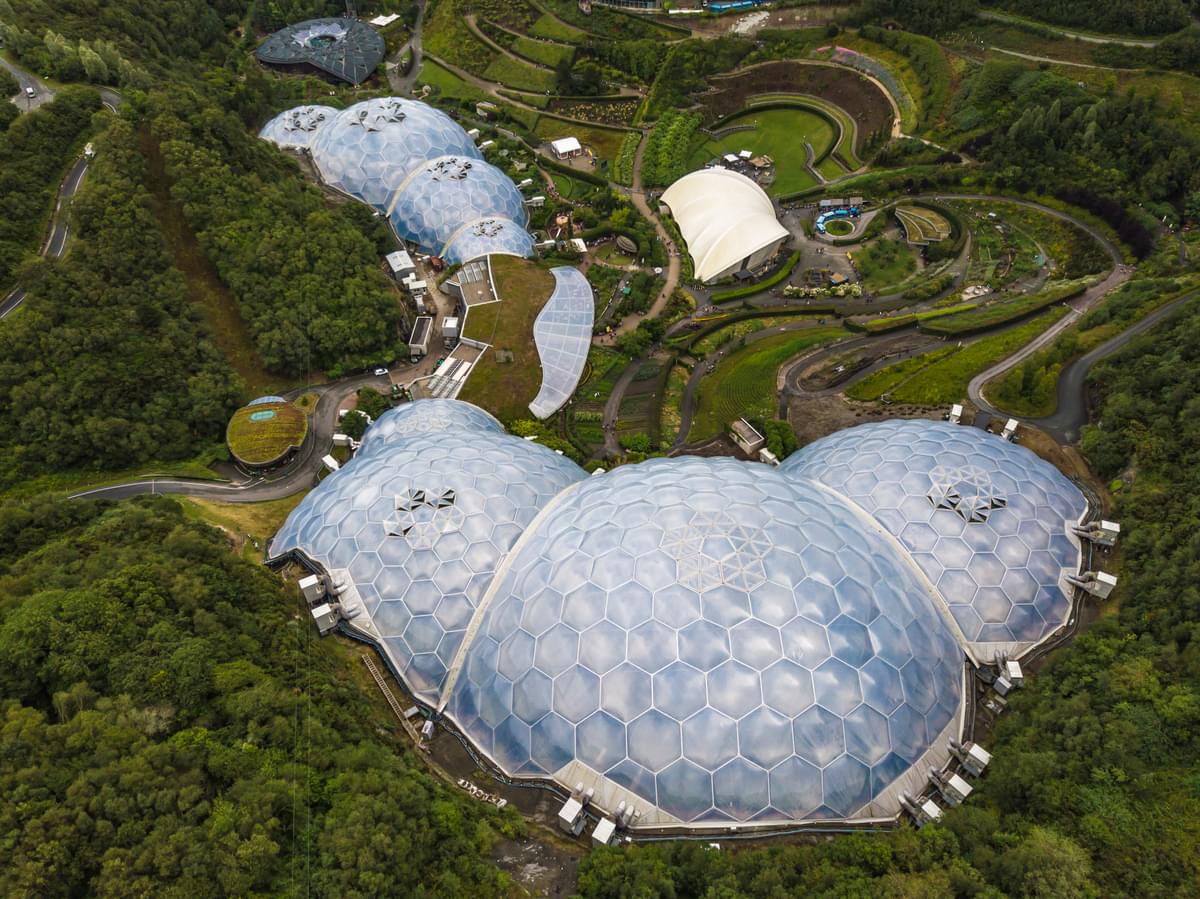A guide to garden visitors: what to feed garden birds & how to attract them
Birds play an essential ecological role, dispersing seeds, pollinating plants, and keeping insect populations in check. As such, they make for welcome guests who can help us maintain healthy garden spaces. If you’re hoping to see more of their beautiful colours and hear soothing birdsong in your garden, there are plenty of ways to encourage winged visitors. Better yet, most of these options are quite simple and easy to implement, meaning that you could have new visitors in just a few weeks. Keep reading as we share the most common reasons you may not be seeing birds in your garden, as well as our top tips and product recommendations for rectifying this.
Why won’t birds come to my garden?
If you’ve actively been trying to entice small birds into your garden with no luck, there could be several reasons, most of which have easy solutions. To help you figure out what could be causing birds to stay away from your garden, we’ve listed some of the most common reasons below.
- Poor quality feed
Lots of generic and cheaply made feed contains fillers that are not appealing to birds. If your bird seed is of this low quality, they will look elsewhere for more nutrient-dense and tasty food, such as in a neighbour’s garden or wild bushes or shrubs.
- Badly positioned feeder
Sometimes the placement of the bird feeder can be an issue. For example, if it is too high to clean or change the food regularly, or if it is too low for birds to see and feel safe using it. Try to find an appropriate height that reduces the risk of squirrels or rats getting to it before the birds do, whilst ensuring you can access it when necessary.
- Too many predators
If a bird doesn’t feel safe using your feeder it could be because there are too many predators around. There isn’t much you can do about this, but you can try to place the feeder away from the dwelling spots of these predators, and near to some shelter such as a bird box. You should also place the box in a quiet area away from anywhere a cat might go, and away from children’s play areas.
- Lack of resting spaces or greenery
If there isn’t anywhere for the birds to rest, shelter, and source potential nesting spots then it’s likely your garden won’t be of much interest to them. This is especially true if your garden is paved over or if you don’t have much greenery. A feeder on its own may not be sufficient if there isn’t anywhere to perch in between flights or any other nearby food source for when your feeder runs low.
How to attract small birds to your garden using feeders
|
 |
 |
For avid bird watchers, you could opt for a window feeder which allows you to observe the birds feeding without disturbing them. You’ll have to be careful not to make any sudden noises or movements from behind the glass that may scare the birds away. You’ll also need to sweep up any spillage on your floor or windowsill to avoid attracting any unwanted visitors to your home. |
What to feed garden birds
Garden birds like to eat a variety of foods, such as bruised fruits, nuts, seeds, and mealworms. You shouldn’t feed them any kitchen scraps such as pastries, biscuits, or bread as these are not good for them. Instead, we recommend choosing a species-specific mix containing only the best natural ingredients. These types of foods can be mixed to attract a wider variety of bird species, rather than just catering for one. Just remember to check that any leftover bird feed hasn’t gone bad, changing it every few days to ensure it’s fresh.
Do birds remember feeder locations?
Yes, birds have a brilliant memory when it comes to recalling food sources. If your feeder is always topped up and kept in a location where the birds can find it, winged visitors will soon recognise and remember your garden as a reliable food source.
Additional ways to encourage birds to visit your garden
To increase your chances of attracting bird species to your garden there are a few additional steps that you can take that rely less on creating a food source. By making your garden a haven for birds, you can help natural wildlife to thrive and all you’ll need are a few simple items such as birdhouses and fresh water sources. Our ideas below are simple to implement and are suitable for any garden.
- Create a safe nesting space
Predators are always going to repel small birds, but by providing some secure resting areas you’ll be able to offer some protection. You’ll need to ensure that these shelters are securely fastened or hung, away from strong winds and direct sunlight. There are different types of birdhouses, but the most common type is the small-holed shelter which is suitable for a wide variety of small birds.
- Plant bird-friendly bushes
Some birds such as robins will prefer to rest in a dense shrub or bush. If you’re able to plant hawthorn, ivy, honeysuckle, or holly, these are all fantastic options for attracting them. Not only do they provide some shelter, but they also provide an extra source of food by attracting insects and in some cases, growing fruits or berries. If you can’t plant shrubs, native wildflowers can also work well and serve a similar purpose, but they don’t offer as much shelter.
 |
 |
| Wildlife World Barrel Bird Nester | Seed Pantry Wildlife Garden Seed Kit |
For garden spaces that are paved over or artificial lawns, adding potted plants and bushes alongside your feeders and birdhouses can positively impact the number of garden visitors you have.
- Provide a source of fresh water
All animals need water and birds will appreciate having access to fresh water. This doesn’t need to be a fancy bird bath or water fountain if you don’t have the space for one, a simple shallow dish will work just as well. Remember to clean the vessel and change the water regularly, and pour warm water over any ice that forms in the winter months.
Create a wildlife sanctuary with The Eden Project
If you’re hoping to encourage biodiversity and play a part in helping wildlife to flourish, we stock a range of items that can help you to create a welcoming space for all kinds of animals. From detailed books on attracting different species to bug hotels and seeds, we’ve got everything you might need for your project.

